Jongjeom Tteokbokki (종점 떡볶이)
4.1Km 2020-04-09
217-1, Dasan-ro, Jung-gu, Seoul
+82-2-2234-3649
Jongjeom Tteokbokki opened in 1978 and has been a popular restaurant on Sindang-dong Tteokbokki Street since then. The restauant serves a special meal option of adding fried rice to tteokbokki.
Urijip Tteokbokki (우리집떡볶이)
4.1Km 2020-04-09
217-1, Dasan-ro, Jung-gu, Seoul
+82-2-2232-4531
Opened in 1979, Urijip Tteokbokki has operated for over 30 years in the same location. This restaurant has a spacious basement area which can accommodate up to 100 people. The restaurant is especially popular among Japanese tourists.
Choryuhyang (초유향)
4.1Km 2017-11-23
24-10, Dadong-gil, Jung-gu, Seoul
This restaurant's feature items are its Samseon-nurungjitang, Dongpayuk, and Seafood Galbi. Seafood is plentiful in the Samseon-nurungjitang, making for a delicous soup base to which nicely browned rice is added later. When the browned rice is added to the soup base, a loud crackling noise is heard, which signals the beginning of a delicious meal.
Phopular (퍼퓰러)
4.1Km 2021-03-30
2, Eulji-ro 44-gil, Jung-gu, Seoul
+82-2-792-9119
A restaurant where Vietnamese chefs cook dishes, themselves. The best menu at this restaurant is rice noodles. This Vietnamese (cuisine) restaurant is located in Jung-gu, Seoul.
Chamsutgol (참숯골)
4.1Km 2019-08-01
16, Mugyo-ro, Jung-gu, Seoul
+82-2-774-2100
Located in Mugyo-dong in Jung-gu, Seoul, Chamsutgol (참숯골) is an upscale restaurant serving hanu beef dishes. The restaurant uses only top quality hanu beef from young cattle (two years old or younger) raised on farms in Jeolla-do Province. For freshness and tenderness, the restaurant serves only fresh meat (not frozen) of A+ grade or higher. To bring out its juiciness and tenderness, the meat is grilled on a charcoal fire.
The elegant ambience and décor and the variety of rooms in different sizes make the restaurant a favorite choice for special events. It is also regularly visited by international tourists. Popular dishes are the sirloin steak and marinated ribs, doengjang soup, and yeongyang dolsotbap (rice served in a hot stone bowl).
Eglise de Chungdong (정동교회)
4.1Km 2020-06-25
46, Jeongdong-gil, Jung-gu, Seoul-si
+82-2-753-0001
Introduction :
L’église de Chungdong, dont la construction fut achevée en 1989, est la première église protestante de Corée. A sa construction, sa surface était de 380 m², mais d’autres bâtiments ont été rajoutés à chaque aile en 1926, et elle mesure à présent environ 580 m².
L’église de Chungdong a été déclarée 256ème plus grand accomplissement, et possède une architecture de style gothique nord-américain. A l’intérieur se trouve un buste de son fondateur, le pasteur Appenzeller, et un monument commémoratif pour son 50ème anniversaire. En 1889, l’église a été mentionnée dans le mensuel « Church » comme étant la première église de Corée à proposer des cours d’étude de la Bible en été, et pour le travail de ses missionnaires. L’église de Chungdong se trouve au coeur de la charmante rue de Chungdong, particulièrement belle en automne, lorsque les pavés sont tapissés de feuilles mortes. Le quartier entier représente une intéressante destination touristique, car on y trouve également le théâtre Chungdong, le palais de Deoksugung et le musée d’art de Séoul.
Dalgaebi (달개비)
4.1Km 2016-12-10
16, Sejong-daero 19-gil, Jung-gu, Seoul
+82-82-2-765-2035, 2068
This is a traditional Korean restaurant serving food in attractive bowls. Its main dishes are steamed rice in bamboo and raw rice wine (Makgeolli). When you pour makgeolli into a glass which is brewed in the old way, your nose gets ticklish because of the smell of yeast. Steamed rice cooked with Indian millet, glutinous rice and beans in a bamboo stick, provides the delicious smell of bamboo.
*Best Korean Restaurant as designated by The Seoul Metropolitan Government
Libuk Sonmandu (리북손만두)
4.1Km 2019-08-28
17-13, Mugyo-ro, Jung-gu, Seoul
+82-2-776-7361
Libuk Sonmandu restaurant is located deep in the alleys behind Seoul City Hall in the Mugyo-dong area. It is famous for kimchimari bap and sonmandu (handmade dumplings). Kimchimaribap is rice in a soup of kimchi and ice cubes with various added flavorings that originated in North Korea. This is a refreshing dish for summer. Other items on the menu are bindaetteok (mung bean pancake) and mandu jeongol (dumpling hot pot).
Kwonsooksoo (권숙수)
4.1Km 2017-02-14
서울특별시 강남구 언주로170길 27
Kwonsooksoo gets its name from the chef who opened the restaurant and sooksoo, the old word for "a person who makes food." Chef Kwon Woo Joong opened the restaurant with the hope of showcasing the tastes of Korean homecooked meals in a new way, neither old fashioned nor awkward.
Rue du Tteokbokki à Sindang-dong (신당동떡볶이골목)
4.1Km 2020-06-19
10-18, 33-gil Dasan-ro, Jung-gu, Seoul-si
+82-2-2236-9135
La rue du Tteokbokki de Sindang-dong fut établie dans les années 1970, bien que la rue elle-même ait connu ses meilleurs jours dans les années 1980. En plus d’avoir été citée dans les émissions de DJ très réputées de l’époque, la période marque aussi les beaux jours de l’équipe de baseball des lycées, lorsque les étudiants emplissaient la rue. Ceci évoque la confrontation directe entre le lycée commercial de Sunrin et le lycée commercial de Sunrin (aujourd’hui Sunrin Internet High School)
Les étudiants ont ensuite pris de l’âge, sans pour autant arrêter de fréquenter le quartier, réminescent de leur jeunesse et des spécialités de l’époque.
Cependant, certains pensent que l’histoire de la ruelle a débuté en 1950. La propriétaire du restaurant Mabongnim Halmeoni Tteokbokki (마복림할머니떡볶이) déclare que les premières ventes de Tteokbokki se sont faites en 1953 puisque le quartier abritait le théâtre Donga, et le restaurant vendaient donc aux spectateurs des Tteokbokki, du maïs et des pommes de terre.
Au depart, le Tteokbokki était simplement préparé avec du Gochujang (고추장), mais au fur et à mesure du temps, les chefs ont décidé qu’il fallait en faire plus qu’un simple snack. Ainsi, en ajoutant des oeufs, des nouilles, gâteaux de poisson et plus récemment du calamar, des crevettes et du fromage, le snack s’est transformé en un repas complet.
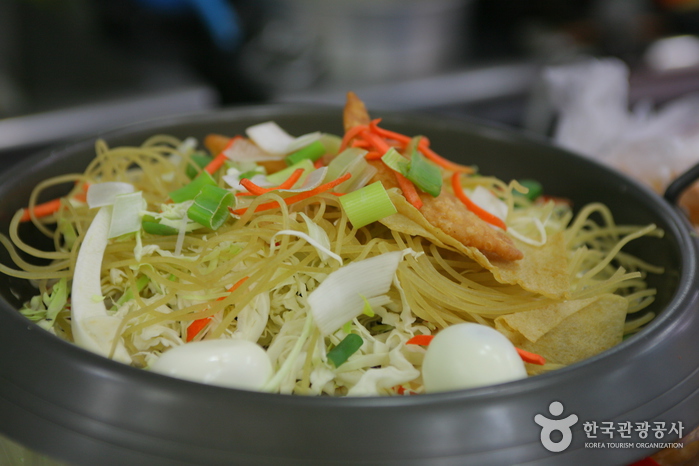

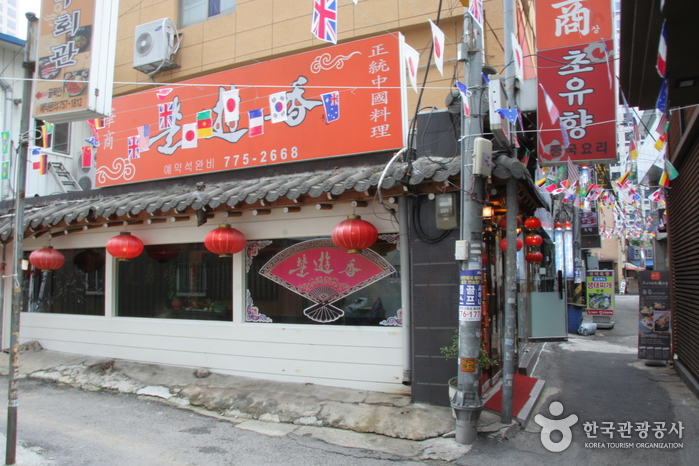
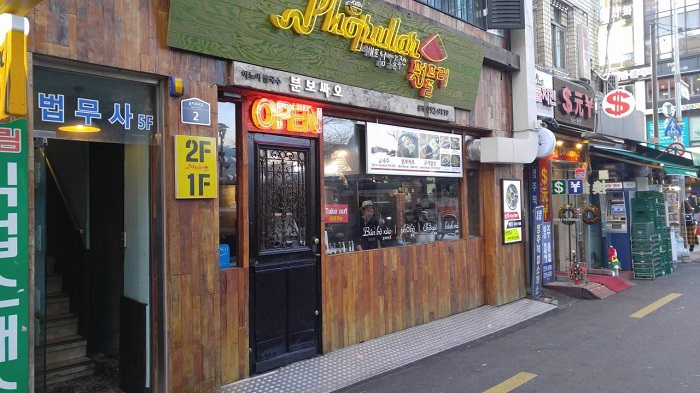
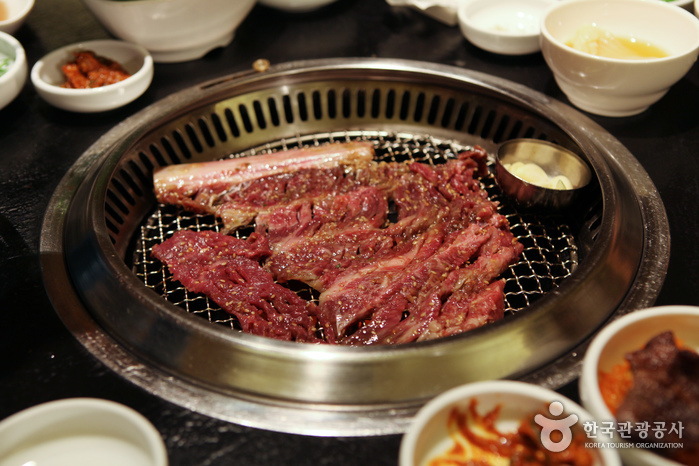
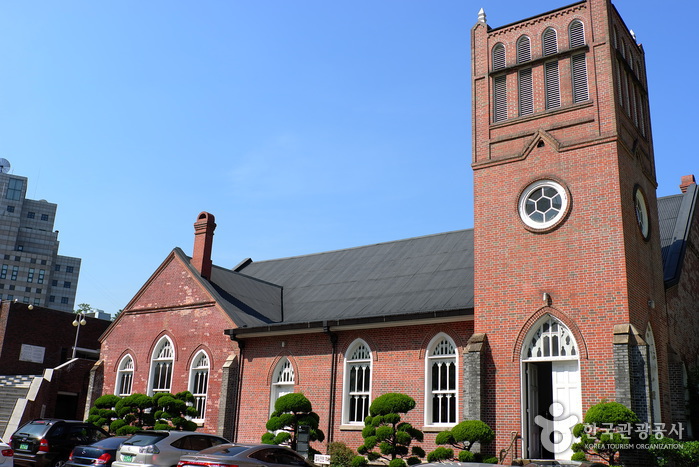

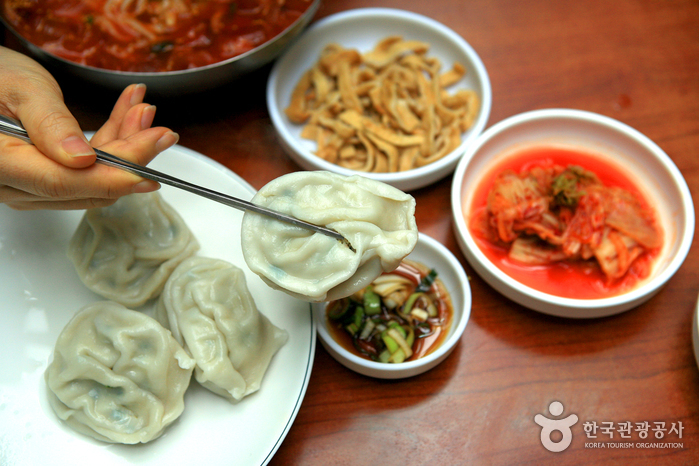
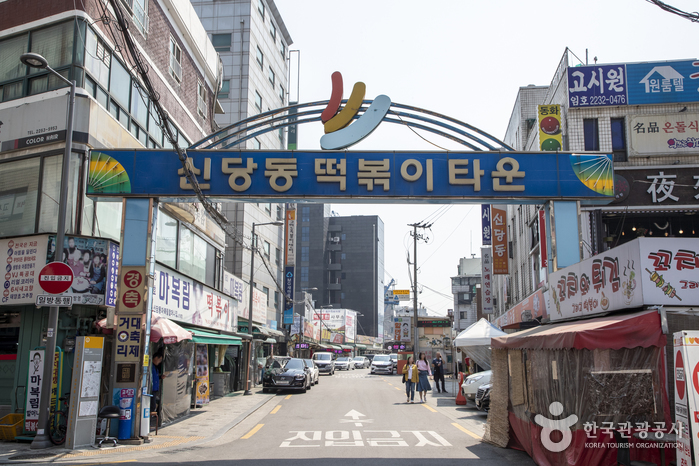
 Français
Français
 한국어
한국어 English
English 日本語
日本語 中文(简体)
中文(简体) Deutsch
Deutsch Español
Español Русский
Русский